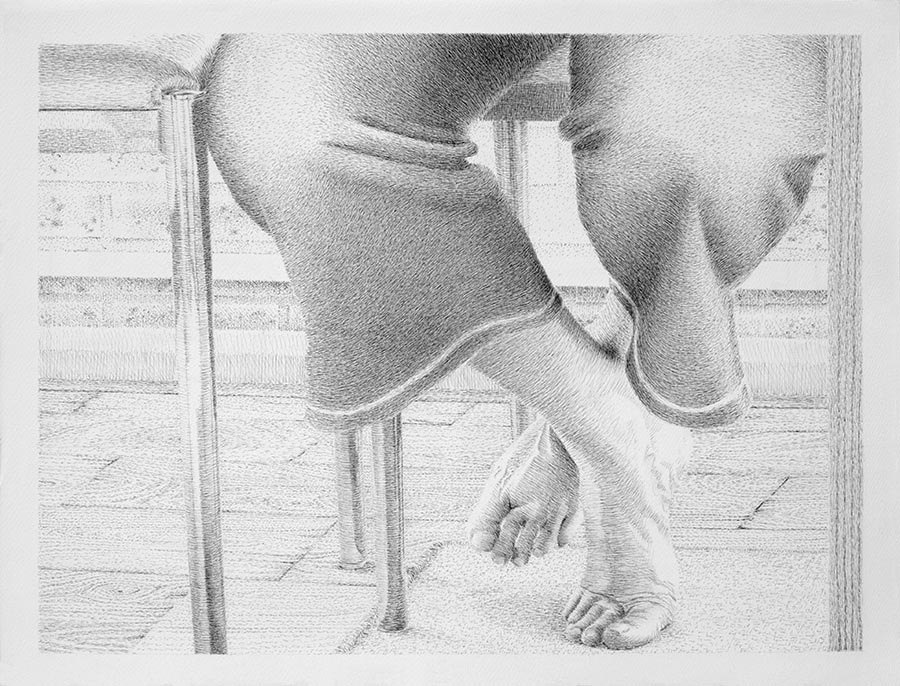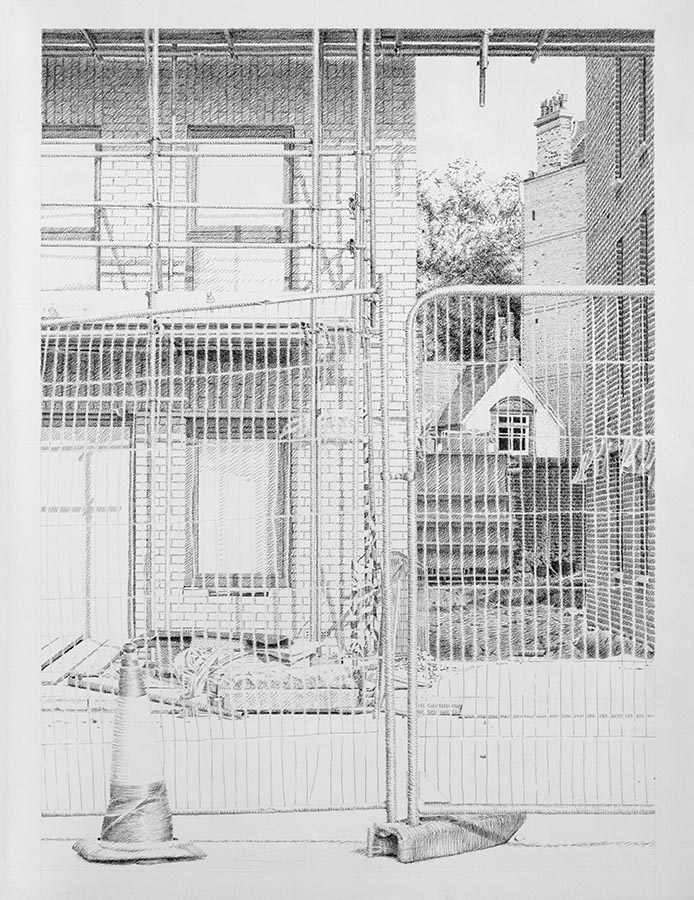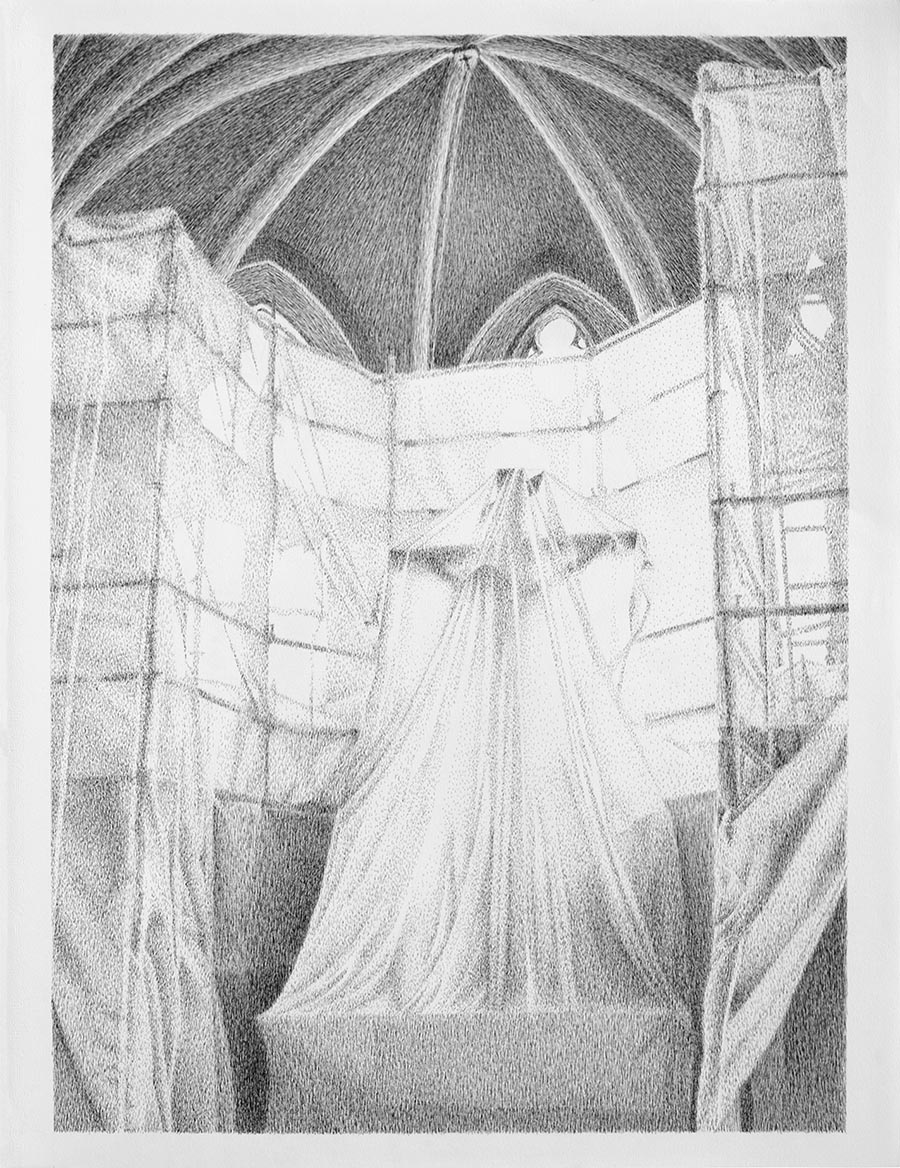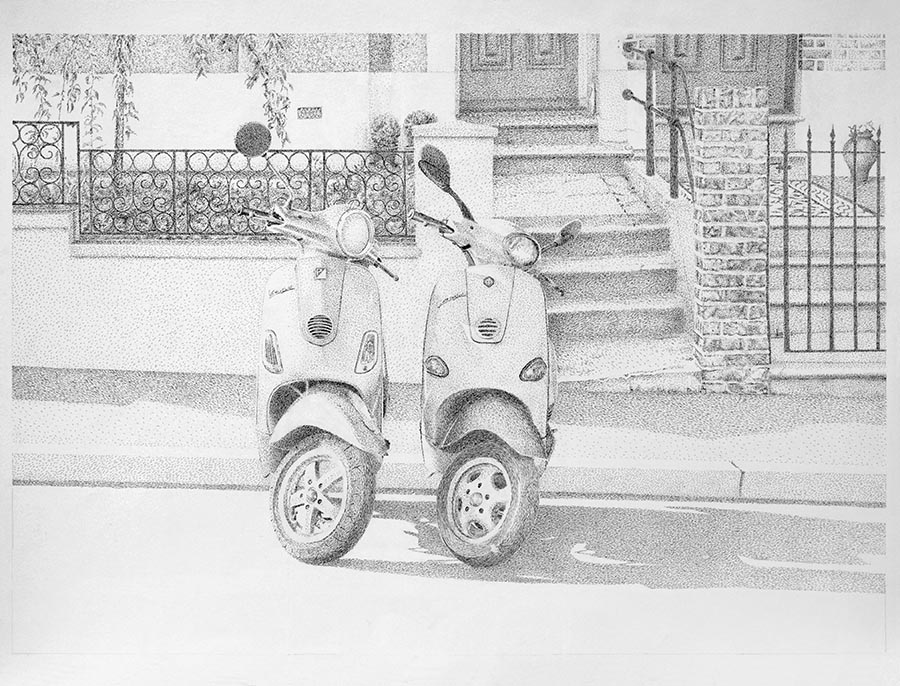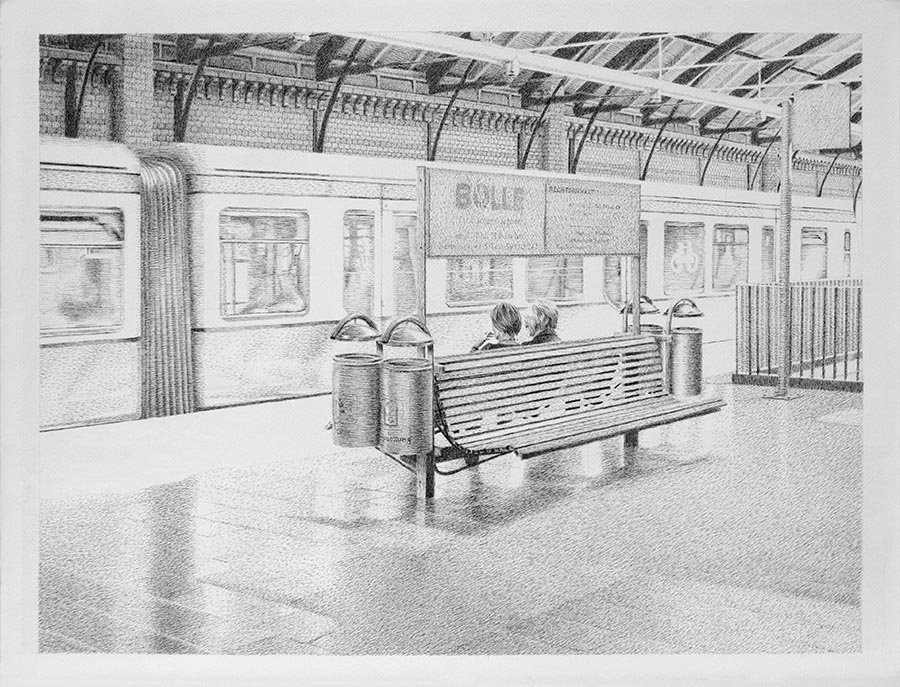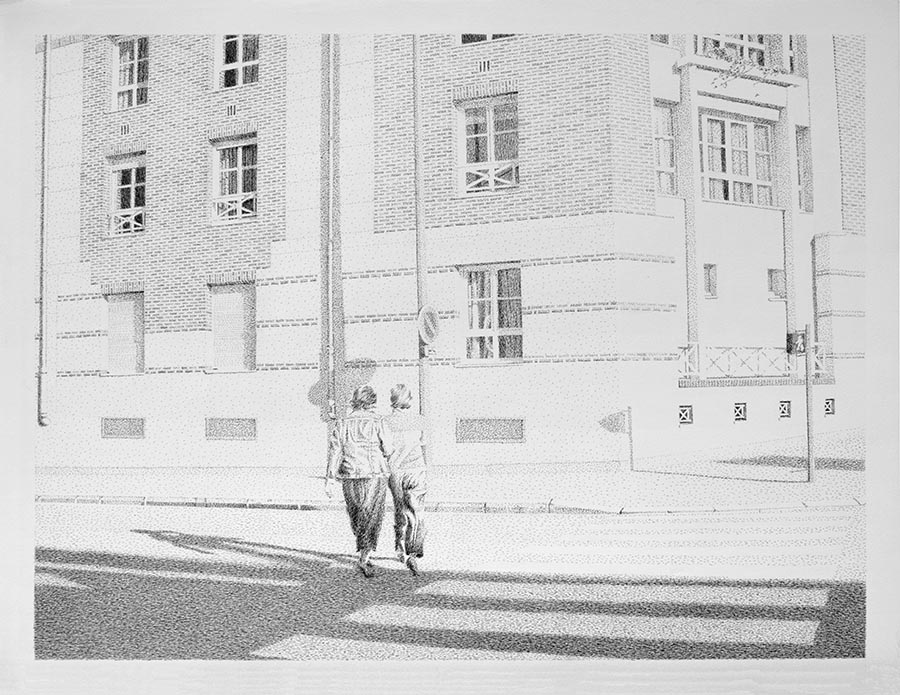
Each particle of the universe that surrounds us
by Lucie Rivet, philosopher
"I ask not for the great, the remote, the romantic; what is doing in Italy or Arabia; what is Greek art, or Provencal minstrelsy; I embrace the common, I explore and sit at the feet of the familiar, the low. Give me insight into to-day, and you may have the antique and future worlds. What would we really know the meaning of? The meal in the firkin; the milk in the pan; the ballad in the street; the news of the boat; the glance of the eye; the form and the gait of the body; — show me the ultimate reason of these matters; show me the sublime presence of the highest spiritual cause lurking, as always it does lurk, in these suburbs and extremities of nature; let me see every trifle bristling with the polarity that ranges it instantly on an eternal law; and the shop, the plough, and the leger, referred to the like cause by which light undulates and poets sing; — and the world lies no longer a dull miscellany and lumber-room, but has form and order; there is no trifle; there is no puzzle; but one design unites and animates the farthest pinnacle and the lowest trench."
When Maud showed me her drawings, the first time, this quote immediately came back to me. Not in its entirety of course, but the fact that it had emerged so vividly at the sight of Maud’s work made me want to get back to it and to understand why this connexion had been made so clearly in me between Emerson’s words and Maud’s work.
Emerson Waldo was an American essayist, lecturer, and poet who led the transcendentalist movement of the mid-19th century. He believed in the ability for humankind to realize almost anything, and saw the relationship between the soul and the surrounding world as the most valuable thing of life. He believes in and cherishes the "infinitude of the private man."
Now why was this quote from this lichpin of the American romantic movement keeping rushing to me as I was contemplating Maud’s drawing?
Taking the time to let the shadows of glasses and people in a bar telling us their stories, considering roofs as a playground for cats, imagining that two Vespas parked side by side are as interested in the bystanders as a Sicilian pair sitting on a bench, considering the beauty of a work in progress in itself, being moved by the folds of one loved ones’ feet during breakfast…
In our fast, connected, virtual and complex world, how can one stay available for these activities, that require us to be present, opened to reality, and connected to oneself?
Contrary to the publicist, who arouses desires, makes us feel like our lives and beings are never enough, and triggers needs and frustrations, the real artist gives us the time that we do not have to appreciate life, to sharpen one’s ability to see it, to enjoy it, to love it, to be in touch with its mysteries and its enormous beauty and, gives to us, through his skills, a work that, in one moment, helps us to feel what we usually cannot feel.
What Maud’s drawings are able to do, is to show us the wholesomeness of a moment, of a place, and thus amplifies our ability to taste the richness of life, that is too often limited by our mental limitative states and our goals-driven look on life.
Watching them helps us improve our relationship with our environment. Seizing its essence, the soul of all that is among us, the richness of the mundane. Yes, these drawings are romantic and transcendentalist in that they enhance our ability to fall in love with everything, that is trivial and unexotic. Because beyond exoticism and novelty there is something deeper, the essence and the soul of each particle of the universe that surrounds us. Each pencil stroke makes it appear so very clearly, as if by magic.
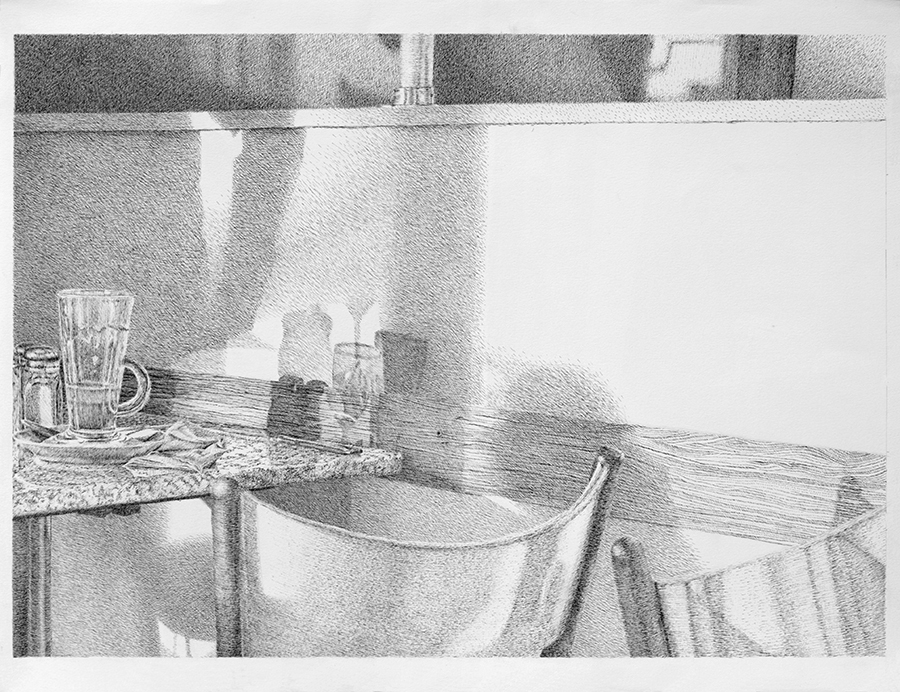

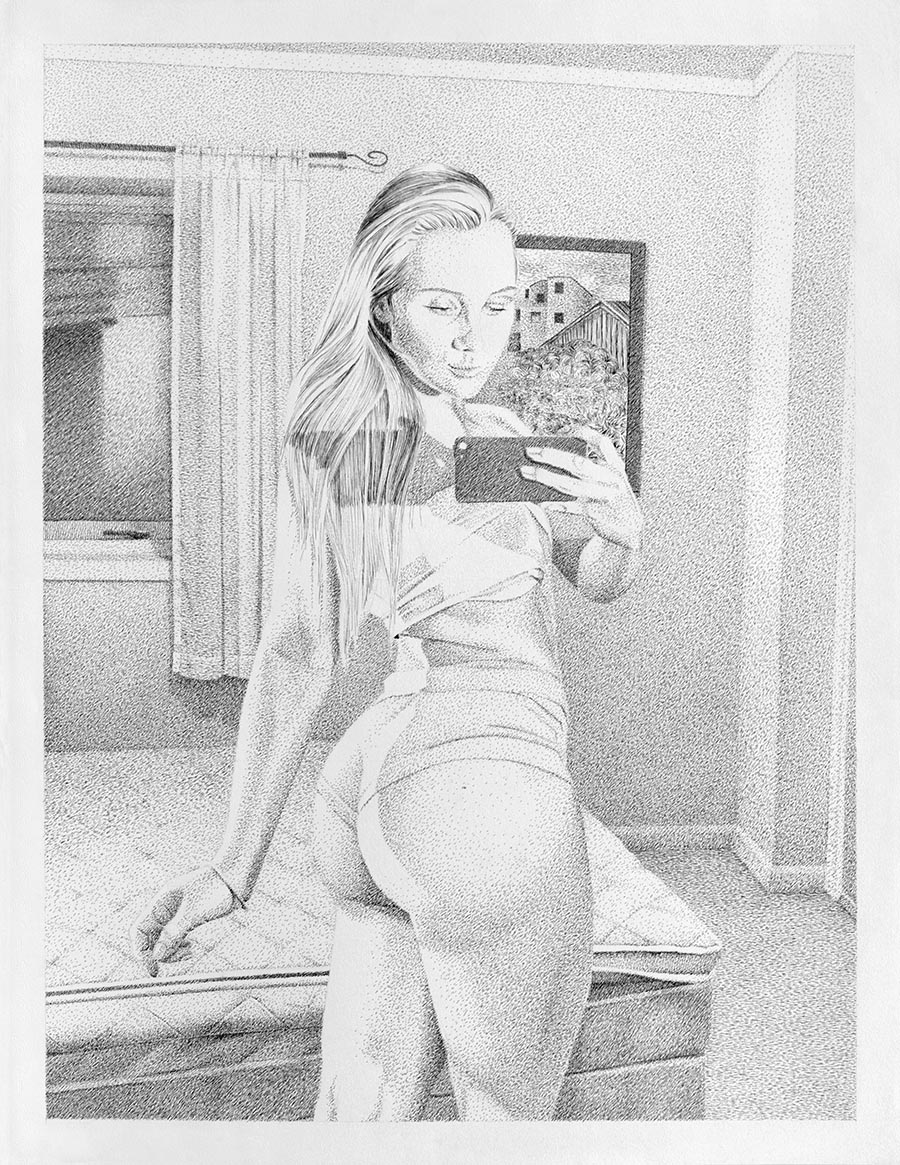
"When I signed up on social media, I was immediately intrigued and fascinated by these women who spend a substantial amount of their time working out, sculpting their bodies, in the aim which seems to be their own satisfaction. I was struck by the way they contort their bodies to get the perfect selfie while looking at themselves taking it.
I then worked on a drawing that would illustrate my view: a woman with a satisfied and serene look, in her bedroom, her face hit by a soft light, the whole atmosphere in the fashion of the fifteenth century Italian paintings, specifically the ones of Botticelli."

